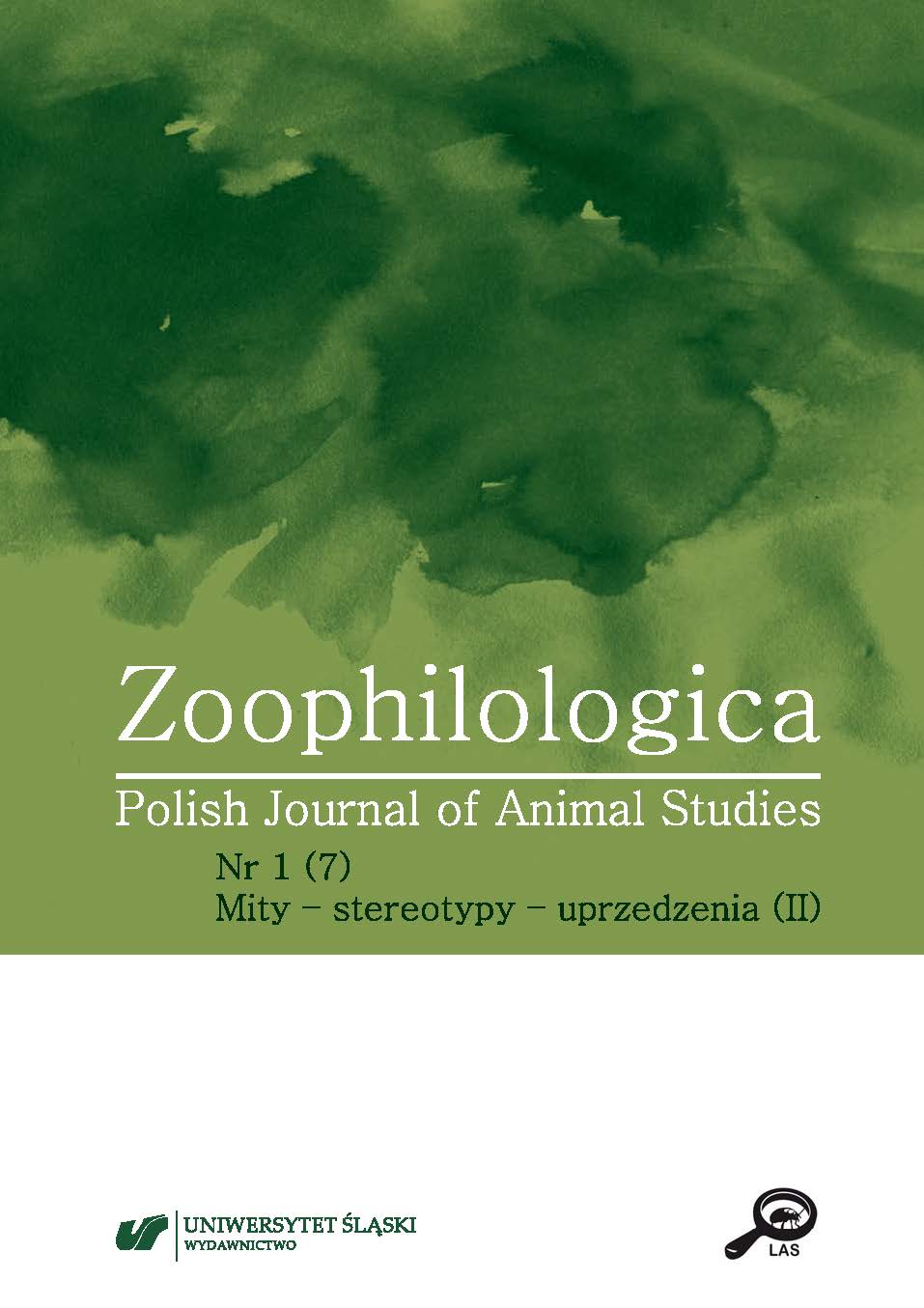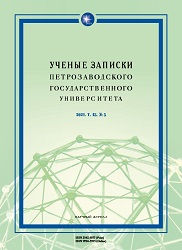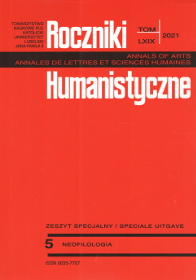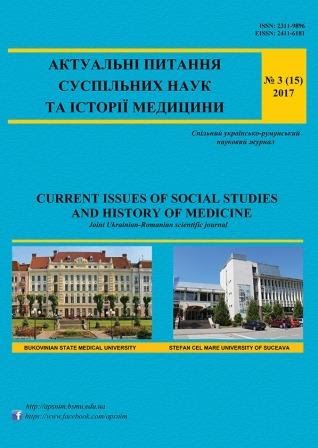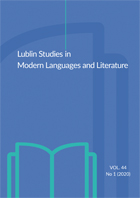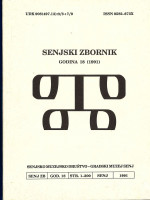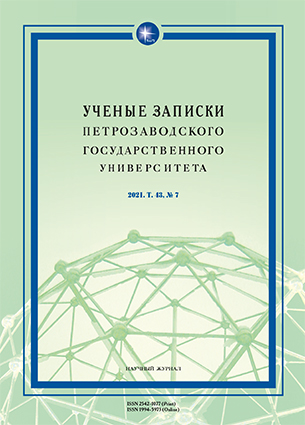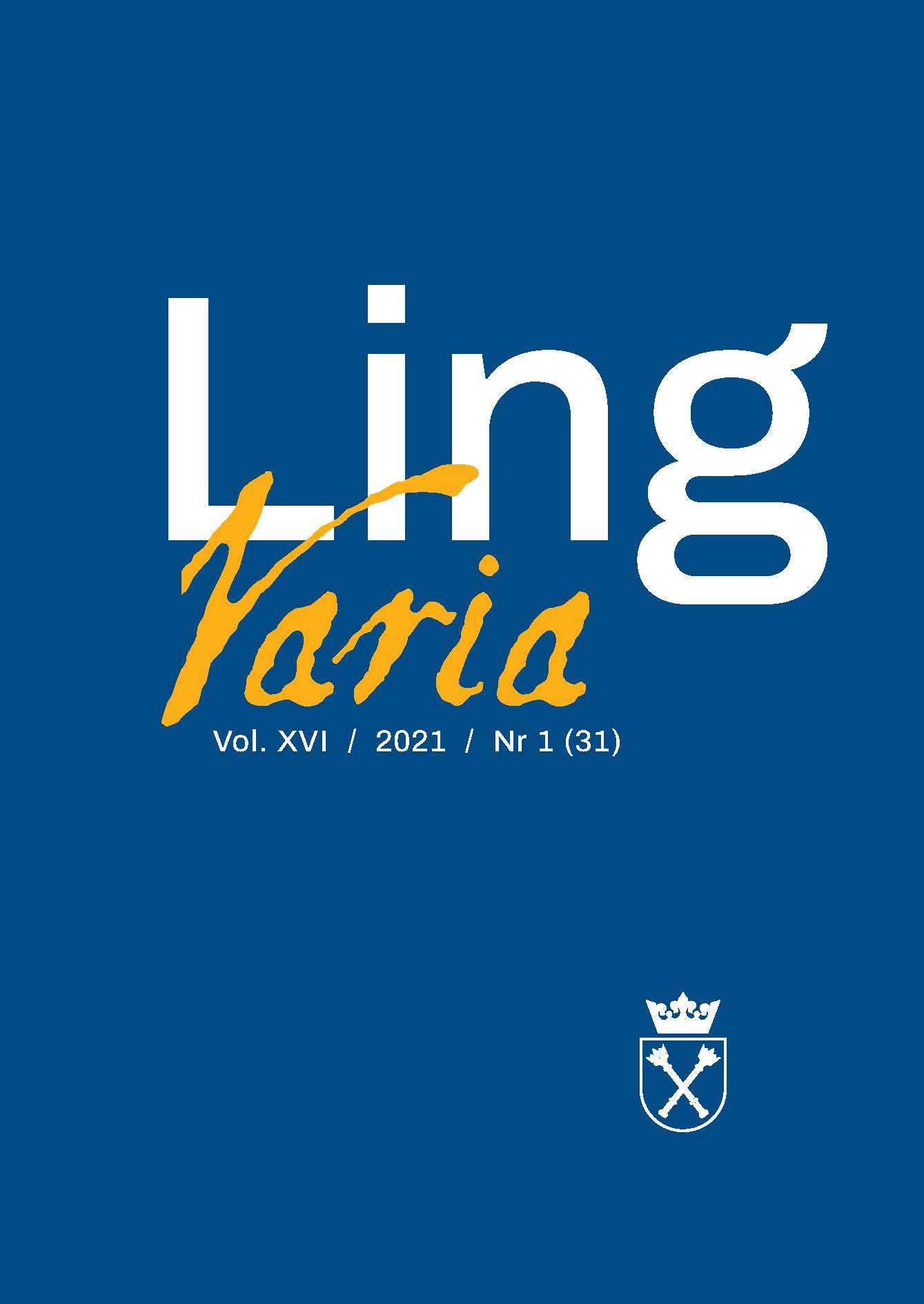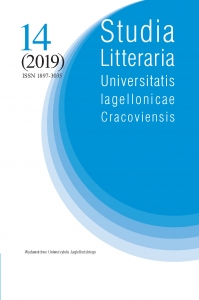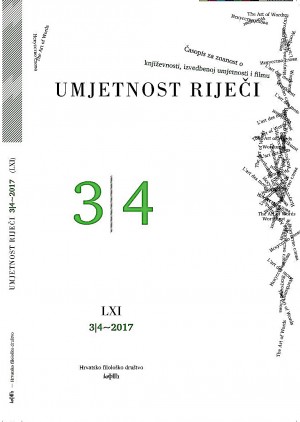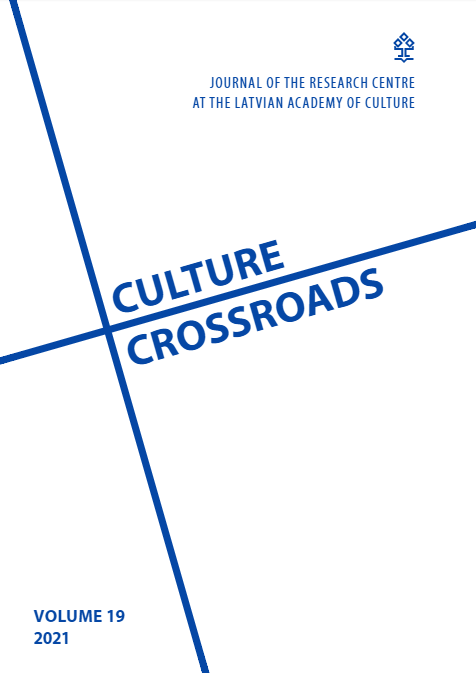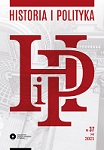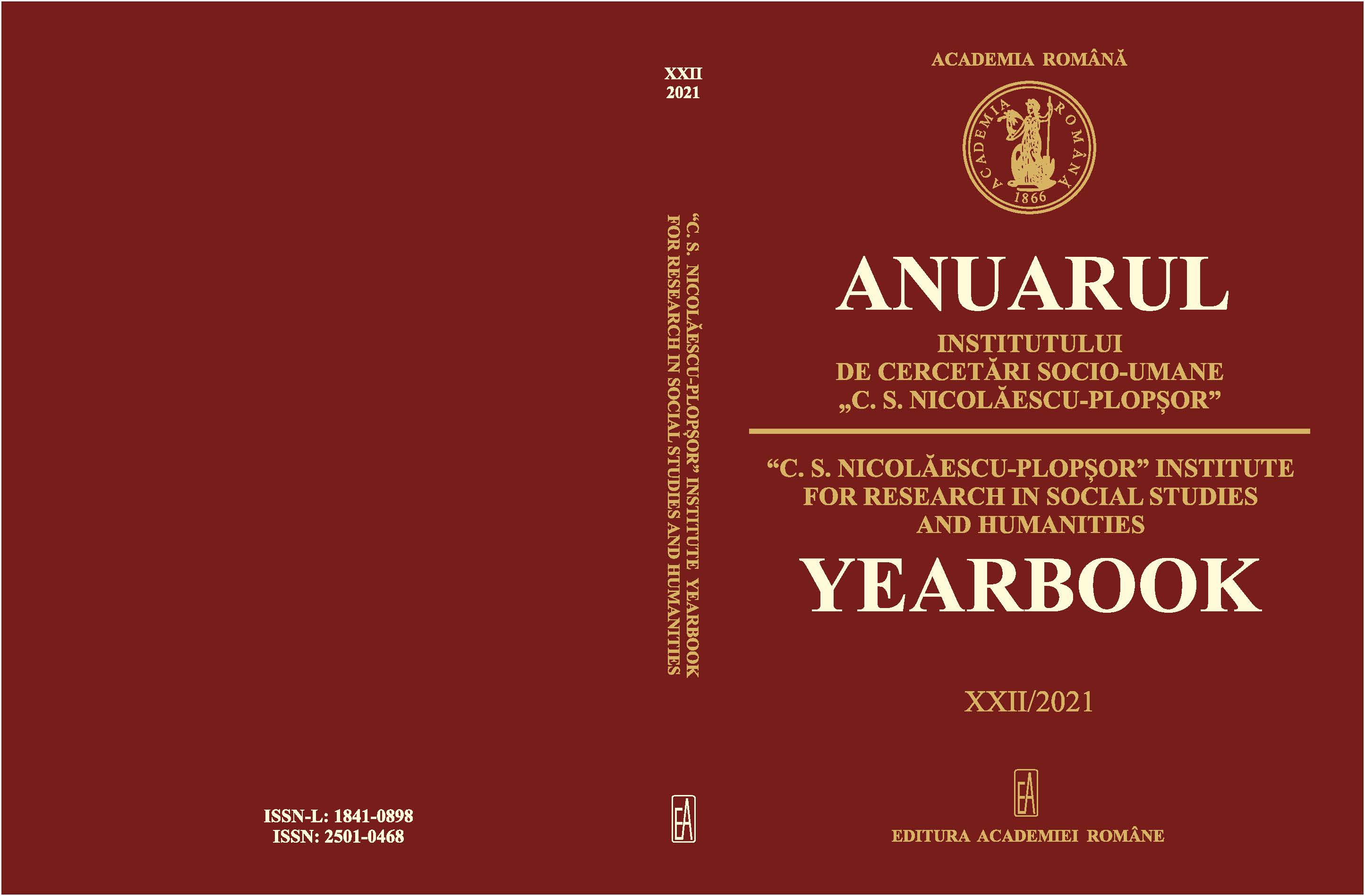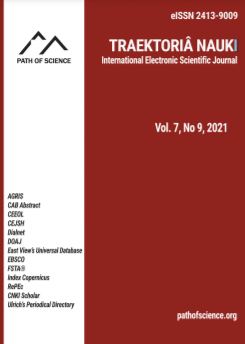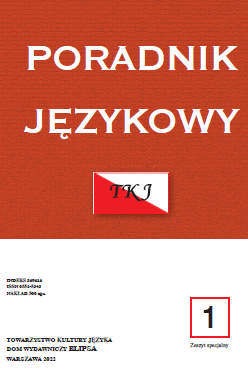Author(s): Miran Hladnik / Language(s): Croatian
Issue: 3-4/2020
The analysis of the author’s own past research has shown that digital tools do not have a significant role in contributing to new interpretations of the Slovene literary canon. However, when shifting the subject of interpretation from a single work to authorial opera, genre corpora, literary period or the entire national literature, it becomes clear how quantitative methods, stimulated by digitalisation of the cultural past, literary databases and digital tools play a vital role. Interpretations that consider the richness of data, generated by digital culture, are more trustworthy than the former ones. The price we pay for that is the refusal of clear encyclopaedic definitions and descriptions. Literary past, observed through the digital humanities’ perspective has a fuzzy development because the central phaenomena gradually fade in the multitude of rival or peripheral phenomena. Slovene literature is not represented by prominent authors and their famous works any more, it does not comply with dictation of the great national myth, i.e., the construction of the nation from the spirit of literature. Rather, it is considered as a random fact, a matter of serendipity. It is represented as the entire literary production on the Slovene territory, in Slovene as well as other languages. Due to special circumstances, it is different from the neighbouring literatures and it triggers new, nation-specific definitions of literary phenomena. New interpretations of Slovene literature are not only indebted to the use of digital tools, but also to the consequence of changes within the literary system itself. In its beginnings, Slovene literature was dedicated to the constitution and emancipation of the nation, while now it also legitimately fulfils other human needs and functions: cultural recreation, women and social minorities’ emancipation and mobilisation, escapism, self-reflection, self-therapy, testing of the alternative models of social behaviour, etc.
More...
